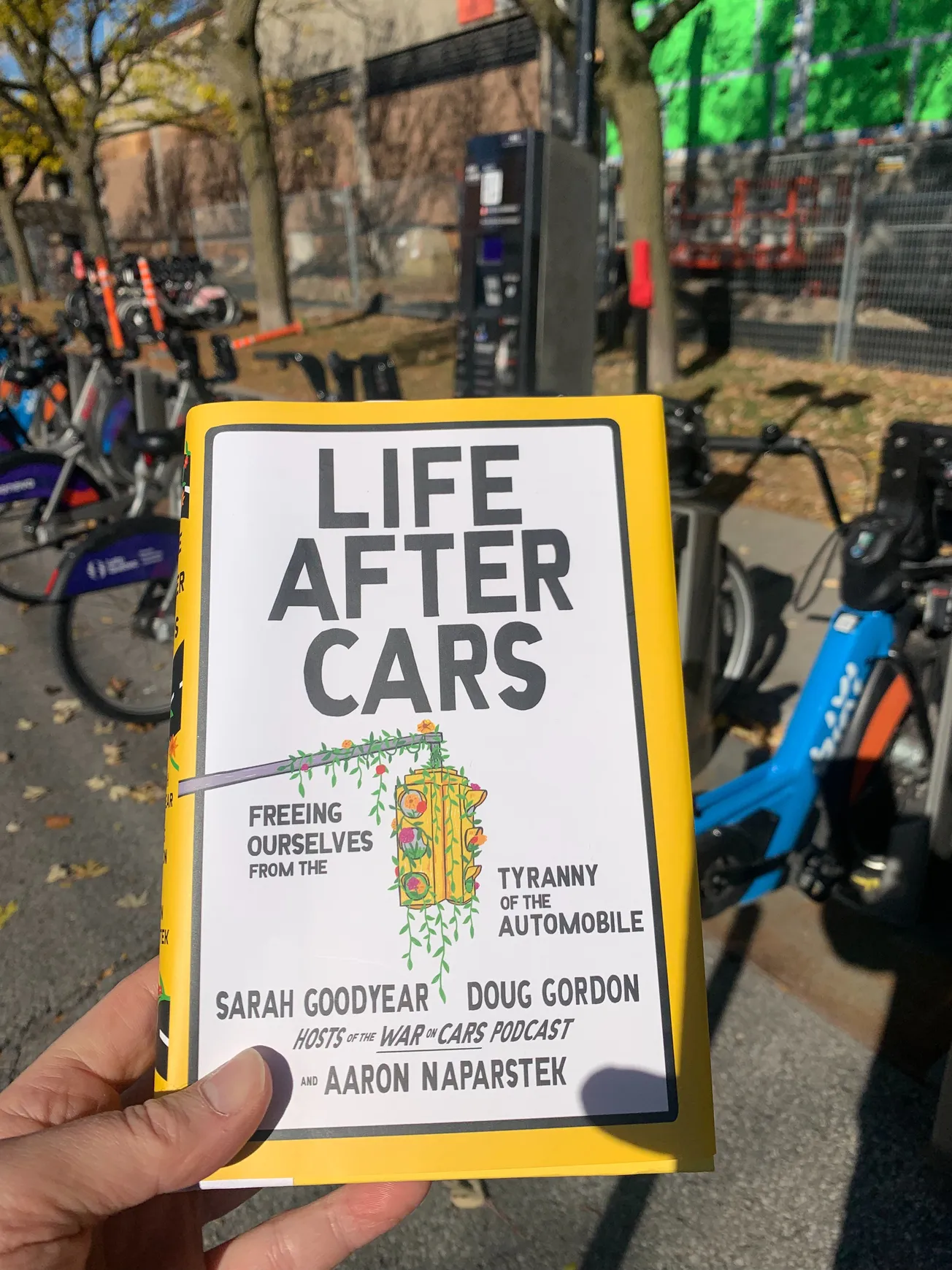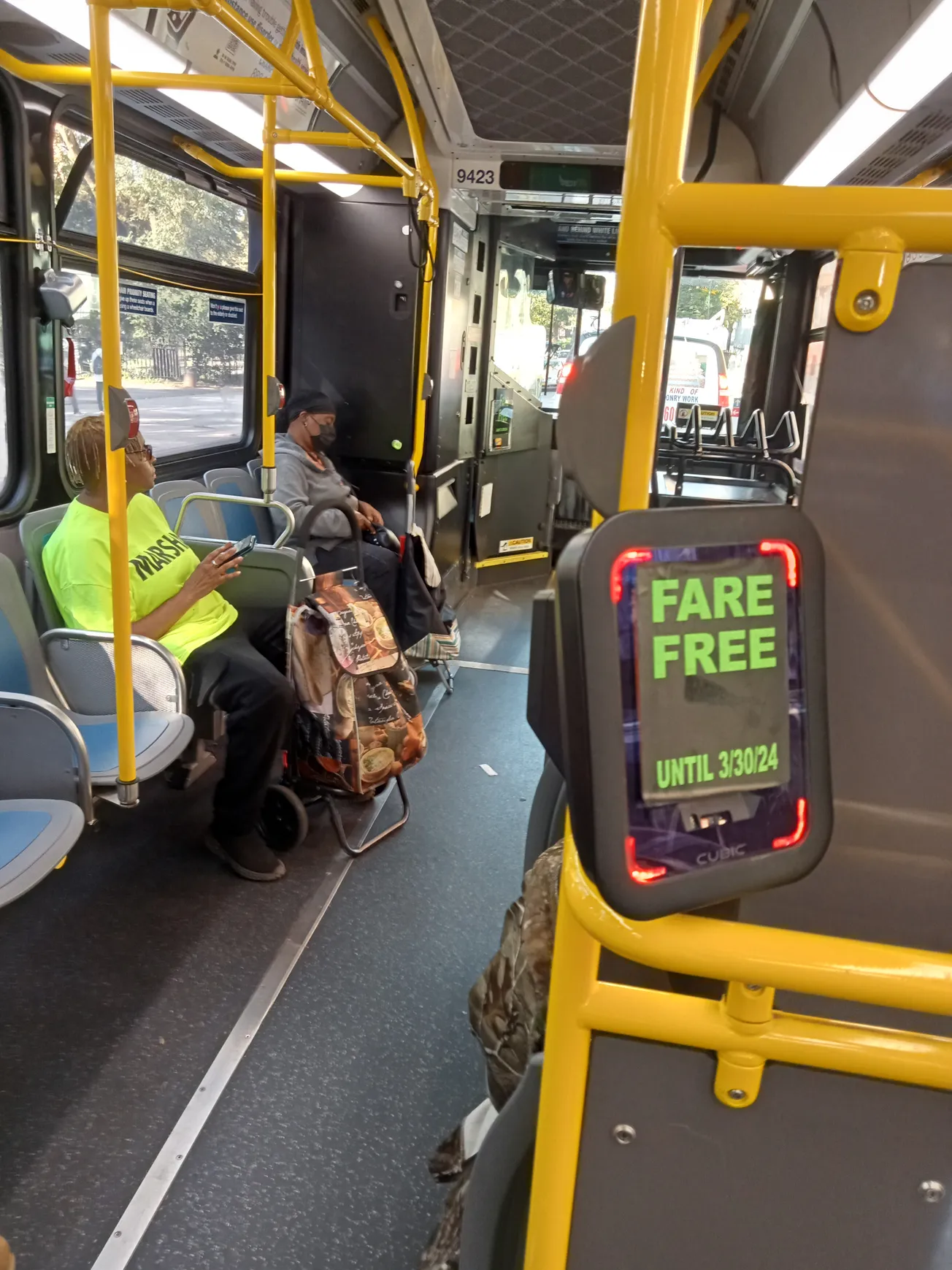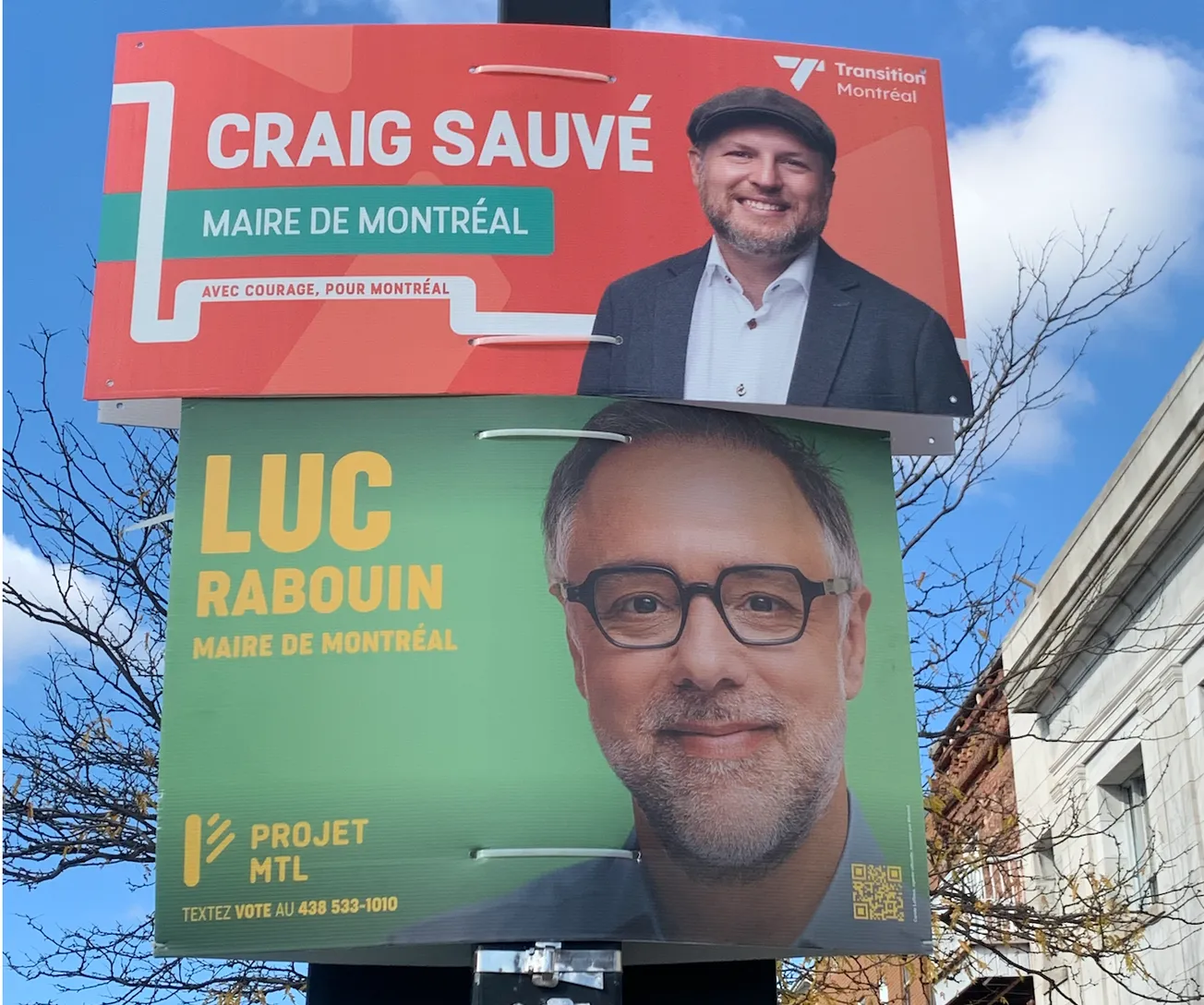// I agree with everything Sarah Goodyear and Doug Gordon have written in their new book, Life After Cars: Freeing Ourselves from the Tyranny of the Automobile. And that is precisely the problem.
The Brooklyn-based hosts of the popular podcast The War on Cars (named after a campaign-winning whine about cyclists from late Toronto mayor Rob Ford) have written the latest book-length broadside against the empire of the automobile. I've got several on my shelf, including Carjacked: The Culture of the Automobile and its Effect on Our Lives (Catherine Lutz and Anne Lutz Fernandez) and Asphalt Nation: How the Automobile Took Over America and How We Can Take It Back (Jane Holtz Kay). (Going waaaaaay back, there's the excellently named The Insolent Chariots, John Keats's jocular 1958 diatribe on the same subject.) Unmatched in scorn for sprawl and the freeway system is The Geography of Nowhere, by James Howard Kunstler, who looks upon American philistinism from a lofty height.
The most doctrinaire of all is Le livre noir de l'automobile, by Richard Bergeron, who would go on to found Projet Montréal, the party that transformed my hometown under the mayoralty of Valérie Plante. A "livre noir" in the Francophone world is generally a sustained diatribe dedicated to counting up all the harms brought by the institution or ideology under attack (communism, capitalism, psychoanalysis, religions, the CIA...). They are often gruelling litanies of horrors, and none too easy to read.
The second and most substantial section of Life After Cars is a kind of English-language version of the classic "livre noir," one that singles out the private automobile as its bête noire. "Cars Ruin Childhood," is the title of one chapter; then comes "Cars Ruin Nature"; and, hell, let's not beat around the bush: "Cars Ruin Society." (There's more: Cars are not only Unjust, according to another chapter, they're also Killing Us.) Goodyear and Gordon tell the story of Henry Bliss, the first American killed by a car (run over by a flivver while stepping off a streetcar on Central Park West in 1899), and recap the slaughter of pedestrians in the 1920s, which Peter Norton thoroughly documented in his breakthrough study Fighting Traffic. They recount how Amsterdam limited car traffic and became a cyclists' utopia after a campaign fronted by children, who were being crushed by drivers at an alarming rate in the 1960s. They explain the influence of Robert Moses, Jane Jacobs, Ralph Nader, and Donald Appleyard, a sociologist who explored how increased traffic contributed to decreased social interactions on urban streets.







